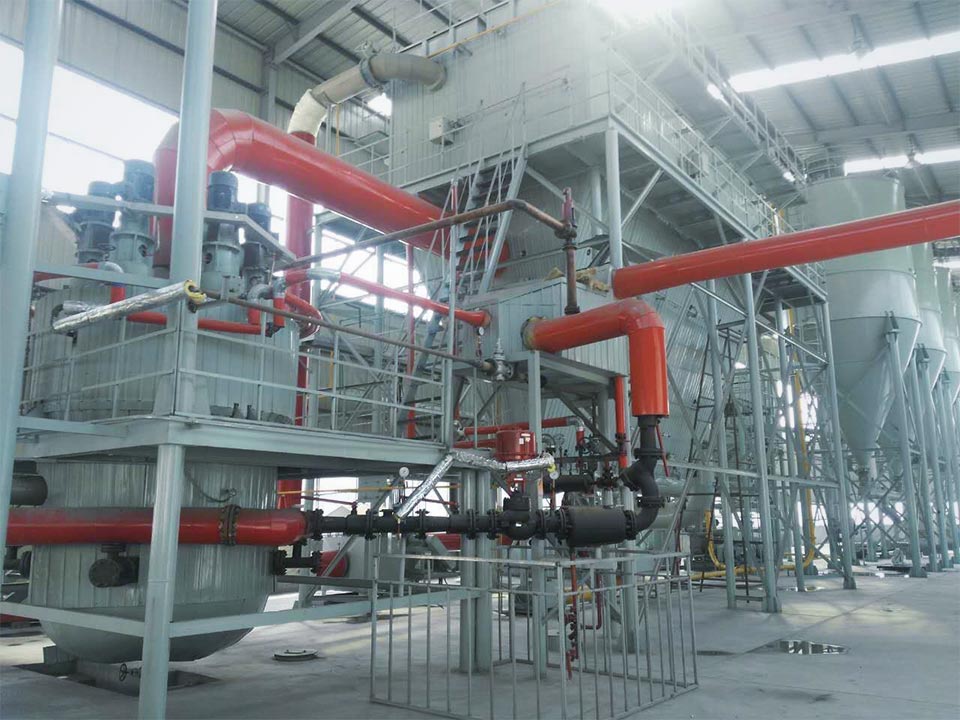Ultra-fine grinder operating instructions & output & fineness adjustment methods
Ultra-fine grinder is a kind of fine powder and ultra-fine powder grinding and processing equipment. This equipment is mainly suitable for non-flammable and explosive non-metallic materials with medium and low hardness, humidity less than 6%, and Mohs hardness below 9 .

- Operation instructions
(1) Turn on sequence —- turn on the auxiliary equipment first (high-voltage extension, high square screen, pulse dust collector, wind shutoff, screw auger, scraper and hoist).
(2) Open the host supporting equipment (grading wheel, host, feeder). Remarks: Before turning on the feeder, the frequency of the grading wheel must be set first. The purpose is to prevent the grinding material from being too coarse or too fine.
- Fineness adjustment method
(1) Under normal working conditions, the factors that affect the fineness are the air volume, the speed of the grading wheel and the feeding volume, and the degree of wear of the wearing parts.
(2) When the fineness is too thick: if the air volume is the maximum, first reduce the feed volume, and then increase the frequency of the grading wheel; if it still does not meet the requirements, turn off the small air volume (butterfly valve on the high-pressure air pipe). Such repeated adjustments to find and meet the fineness requirements are the control points for the best yield.
(3) When the fineness is too fine: first increase the air volume, if the air volume is the largest, reduce the frequency of the grading wheel and increase the feeding volume after the current drops. Such repeated adjustments to find and meet the fineness requirements are the control points for the best yield.
(4) If low-grade feed is produced, the requirement for fineness is not high, and when only the output is pursued, the air volume should be maximized, the frequency of the grading wheel should be reduced, and the feed volume should be increased.
- Wearable parts and names that affect output and fineness
(1) Hammer: After the material enters the grinding chamber, the hammer is mainly used to make the material thinner. Severe wear of the hammer head will result in a decrease in output and fineness, uneven wear and increase in vibration, which will affect the service life of the main engine bearing.
(2) Ring gear: After being hit by the hammer, the material will bounce back to the ring gear, forming a second hit, and the crushing requirements can only be reached after repeated such repetition. The wear of the ring gear will greatly affect the output and fineness.
(3) Wear plate: Wear plate is the most easily worn object. Wear plate is an important part to protect the active disk. Excessive wear of the wear plate will increase the vibration and affect the service life of the main engine bearing. After being worn through, the active disc will be directly worn, which will increase the cost of accessories and cause the equipment to operate in a dangerous state.
(4) Shunt cover: After the shunt cover is worn, it will change the flow direction of the airflow in the crushing chamber, causing the fineness of the material to fail to meet the requirements.
(5) Active disk: The wear of the active disk (replacement of the wear plate in time will effectively protect the active disk) will cause vibration and affect the service life of the host bearing.
